Click below to view the video
Why were altars and blood sacrifice so important to the prophets from Adam all the way up to Yahya. And why do we no long offer blood sacrifices today?
Transcript
Video #21 This is a general transcript of a Dan Gibson video in the series: Archeology and Islam.
Hello, and welcome to another video in the series Archeology and Islam. My name is Dan Gibson and today we want to examine a subject that several viewers have asked about: Pre-Islamic Altars & Sacrifice.
As we saw in the last video, the people of ‘Ad and the people of Thamud built altars on many of the high-places in their country, and this is the situation we find in Petra. In addition to this, the various temples in Petra had altars for some sort of sacrifice took place there. In previous videos I have mentioned the various altars were built by Abraham and Isaac.
How do altars and sacrifice fit into the religion of Abraham? How do the Jews, the descendants of Isaac deal with this subject? Did Ishmael build altars? And did the early Arabs build altars? And how do Christians deal with altars and sacrifice? Why don’t we do this today? Did the need for altars and sacrifices stop? If so, why? Lots of questions from different people. So I thought I would take the time to do one video to explore this topic.
In the last video we learned from the Qur’an that ‘Ad and Thamud built high-place altars. These high-place altars can be found, as I said all around Petra. Some are better preserved than others.
First, there are several high-places in ancient Selah. This is not Petra. I see lots of references that refer to Petra as if it was ancient Sela. But as I pointed out in an earlier video, there were two great Rocks. Sela is the Hebrew word for Rock, and Petra is the Greek word for rock. So the city of Petra was one of the ancient rocks, and the place called Sela was the second great rock. This is why the Romans called it the province of the two great rocks. Petea Arabia.
Selah is the mountain fortress north of Bozrah, the Edomite capital. And no, Petra was never the capital of the Edomites. Only Bozrah, which was north of Petra about 60 kilometers. Don’t believe everything you read on the Internet. I see many people making simple mistakes, and they are then quoted by others, who are then quoted by others, and soon everyone seems to be calling Petra, Selah, and they say the Petra was the capital of the Edomites. Not True. They are wrong on both accounts. Petra was built AFTER the Edomites took advantage of King Nebuchadnezzar 2nd moving the Israelites into captivity. So the Edomites took advantage and moved north into that territory.
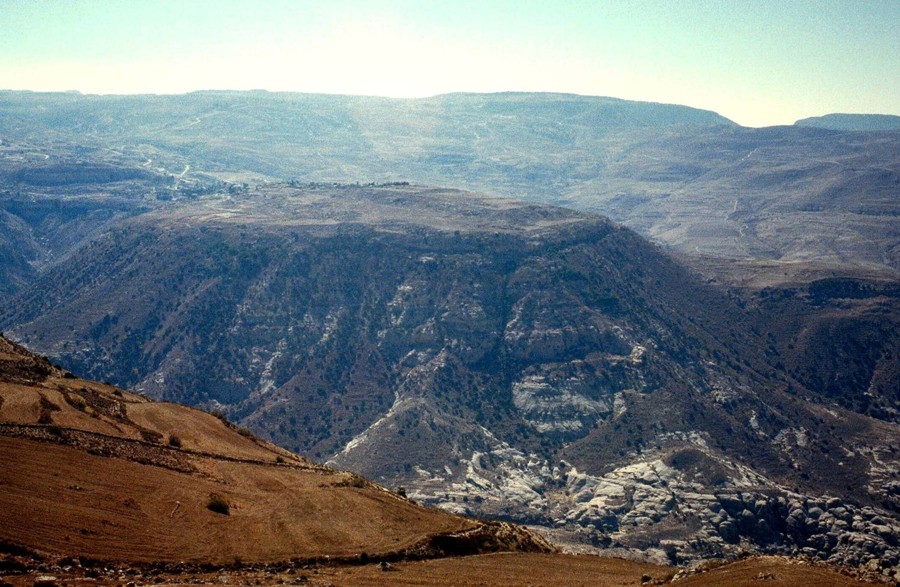
undefined
Now, here are the remains of the Edomite capital city, Bozrah, looking at it from across the wadi. To the right of us, the valley drops down into Wadi Arabah, and down to the Dead Sea, which is the lowest spot on the face of the earth. Notice that the city is protected on all sides by very tall cliffs, except for a small area that connects it to the hills behind.
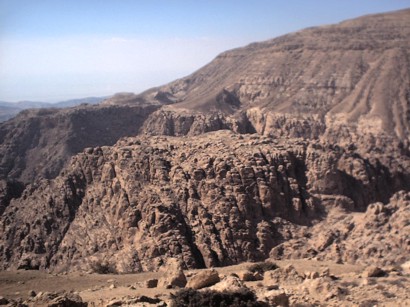
undefined
A couple of kilometers north of this is the great ancient rock, known as Sela. It was a formidable defensive position. Look carefully at this photo of Selah. It is taken from several miles away, looking at a very large flat topped mountain that has been divided from the great mountains of rock behind it.
The only way up to the top is by ascending a set of narrow stairs. The structure in the middle of the picture was actually a great water cistern that was also a fortification. If an army wanted to push their way up the stairs, a wall of water and floating debris could be released to sweep them away. This is Sela, the first great rock that was used by the Nabataeans. It had one main stairway to enter, and on top it had defenses, storerooms, and also several high-place altars.
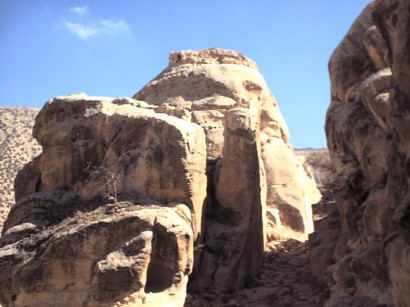
undefined
Here is one high-place on Selah, altar looking out towards the Dead Sea. Here is another high place altar.
On the side of the great rock of Sela is a large monument to King Nabonidus the Neo-Babylonian king who managed to take this fortress mountain around 500 BC. He carved a memorial to this event high on the side of the mountain.
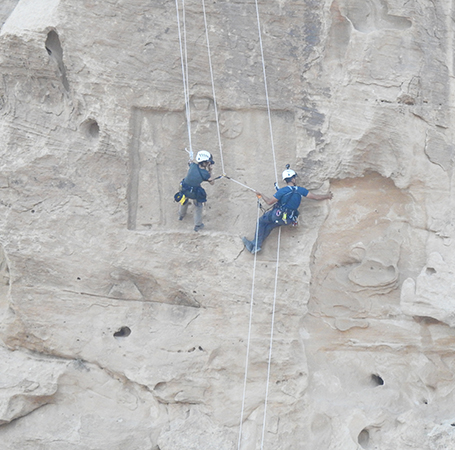
Examining the Inscription
Here is the monument, as a team of archeologists and climbers check it out in May 2018, led by a Spanish professor.
Now Sela is a relatively small place, some 60 km north from Petra. Since Petra is larger, there are more high places on the mountains around Petra.
In Petra you can get to the most famous one, by climbing the stairs which are just past the theater. They take you up some 900 steps to the top of the mountain.
Along the way you can see two large obelisks. There are carved out of solid rock, and many different and varied suggestions have been made over why they are there.
Along the way you can see an old Crusader Castle. What is unfortunate about this is that the Crusaders took most of their building blocks from other structures that were on this mountain. So the earlier buildings are completely lost to us.
At the top of the mountain there is an altar area that has several different features.
First, in front of the altar is a flat square area cut from the mountain with a small raised area in the middle. Perhaps this is where an idol stood. Some have suggested that some astronomical device stood here for measuring the stars. Whatever it was, everything has been removed.
On the back side of the flat area are two altars. One is for killing the sacrificial animal and draining its blood, and the other is for burning the sacrificial animal.
There are a couple of things to notice here. First was the main altar for burning the sacrificial animal. It has two steps leading up to it, and an area cut out of the top of the altar to hold the red hot coals. To the left of the main altar is another place where the animal was killed. This is a blood altar. Notice the small cistern cut in the rock so that water is available for washing. Perhaps the priest washed his hands, perhaps the sacrifice was washed. We are unsure. Second, notice that in the center of the blood altar, there is a small groove that is cut so that the blood drains away.
Some forty years ago now, I was here with some young men, and we tried to repel down the face of the cliff to see where this small rock-cut channel led to.
The channel is very old and worn in places, but it appears that the blood channel mixed with a water channel for rain water. These channels came down the mountain to where an old monument stood. It is in the form of a lion, but zealous people smashed off the face of the monument, as they did for all the visible images in Petra. This was probably done during Caliph Yaziid’s reign long ago. Now can you imagine the surprise people would get, when the water pouring out of the mouth of the Lion turned into blood. Did enough animals have to be killed and their blood drained, until the blood reached the mouth of the lion? We don’t know. What did it signify? Did it signify the sacrifice had been accepted? No records are left.
As I have studied ancient history in the Middle East, and as I have visited many religious sites, I have been struck by the number of ancient altars that are all over the Middle East. There are altars in temples, altars on mountain tops, altars built on walls, and at the ends of streets in cities. There are even altars in homes. Used by people in their homes. And the writings of the prophets mention the building of many other altars. In each case, something is offered on an altar. Sometimes incense was burned on a small altar, sometimes food was left.
And in many instances, at larger, major altars, an animal was killed. And the blood was handled differently than the animal carcass. Sometimes the best parts of the animal might be eaten by the priest, but in general the animal was burned. This was generally called a Burnt Offering. This is mentioned in ancient writings especially in the writings of the prophets.
Here is the earliest known copy of the book of Leviticus, or the third book of Moses. This is where Moses taught that blood should be treated separately and differently. Moses tells us that the life is in the blood.
Sometimes there was a special place to offer the blood. Sometimes it was sprinkled on the main altar before the animal was burned. Sometimes, as we just saw, the blood was drained away in a special way, and treated with a special reverence.
The prophet Moses gave very special instructions on how the Israelite people were to perform sacrifices. Long before Moses, the prophet Abraham or Ibrahim built altars and performed sacrifices. Before Abraham, Noah did it. And before Noah, Adam did it. And so did his children.
If you read Jewish and Christian scriptures, sacrifice was always practiced, and it was always done in special ways. In Jewish and Christian literature, blood was always shed. While there are instances of offerings of grain mixed with incense, the emphasis was always on the killing of an animal and the shedding of its blood. Now sometimes the incense was burned while the animal was being burned as well, while the main burnt offering was taking place, but the focus always seemed to be on the killing of an animal and the shedding of its blood.
King David built altars and he offered animals on it. And the records tell us that his son Solomon also built altars and offered sacrifices. In fact, in ancient Israel, the entire nation, at the temple, an animal killed every day, sometimes twice a day at the morning and evening sacrifice. Over 700 animals a year were sacrificed, as part of the daily offering in the temple.
All of the prophets participated in sacrifice, and many of them spoke of sacrifice. The concept of blood sacrifice was at the core of almost all ancient religion. Even the pagans copied what the prophets taught. While they worshiped different gods, and sometimes multiple gods, the core of their worship focused on the shedding of blood.
From Adam to Cain and Abel, we have the records there, to Noah, all the way to Moses, I mean to Abraham first, then to Moses and so forth.
Now, why did they believe that an animal need to be killed? This has to do with the idea of substitutionary Death. Now this is how the thinking goes.
As a race, all humans have dishonored God. We cannot come into the presence of God in this state. He is hidden from us. We hear from God through messengers, because the way to God is barred the way to coming to him. Christians say there is a great chasm between us and God. The Qur’an describes it as a great boundary between us and God, marked with a Lote tree, or Sidrat al-Muntaha. This marks the end of the seventh heaven. There is no way to pass beyond the tree, eternal separation from God. This is what is taught by these ancient religions.
This can also be expressed with more legal terminology. That terminology says all of us are guilty before God. All of us have done things that we were told not to do. And as we are guilty before God, judgment has been passed. We are forever cast out of his presence. This is what the prophet Moses told us in the book of Genesis. We have been separated from God. Not just Adam and Eve, but all of mankind.
Another way to express this is that we do not have the power to get into God’s presence. He is all powerful. Nothing that we do, or say can bring us into God’s presence. We are helpless and forever cast out. Unless… Somehow that shame can be removed, somehow that guilt can be paid for, and power is given to us to get into God’s presence. And all that can only be done through substitutionary death.
The concept behind substitutionary death is that we must somehow pay for the shame we have brought. We must somehow pay for the guilt we bear. But since we are shameful and full of guilt, we cannot pay for our own problems. Nothing we do is good enough. We are forever separated from God. The only way is if something else, something beyond us, something bigger than us, or beyond who we are, pays for the shame we caused, and the guilt we have brought.
All over the world, all down through history, the principle has been the same. Without the shedding of blood there is no remission, or pardon, or deliverance, or liberty, or forgiveness.
And that’s why we find these altars in all these temples, and on the tops of mountains, and in every valley, and in individual homes. That is why it was a very important part of ancient life.
Now the concept of “sacrifice” is not very strong in the Qur’an. It tells us that God commanded Moses to have the people kill a cow and offer it as a sacrifice. (Qur’an 2:67, 71)
There is also the story of two of the sons of Adam who sacrificed an animal. One was accepted and one was not. (Qur’an 5:27) Moses tells us the rest of the story, that God accepted the one with the blood sacrifice, while the other tried to sacrifice vegetables and things grown in his garden. His was not accepted.
The Qur’an also tells us to pray to God alone and to sacrifice to him. (فَصَلِّ لِرَبِّكَ وَٱنْحَرْ Qur’an 108:2)
But there is no single good word used for sacrifice in the Qur’an. The same word could mean to give your offerings to him. It could also mean… it comes from butchering an animal so it could also, so some claim this has to do with hallal and you should offer your animals to God and make sure you face the right place when you offer the animal.
The other interesting thing is that the Qur’an never mentions the word blood. So while all of the prophets speak of blood sacrifice, and while they all practiced it, it is not spoken about in the Qur’an. Now what about Christians? If you ask any real Christian, who understands their faith and somebody who has studied it and not just the name; if you ask them about blood and sacrifice, they will get all excited. They will tell you things, that this is the very core of Christianity.
You see, they, and myself included, we believe that one sacrifice was made that answered the need for blood sacrifice. No single human being could offer enough to redeem himself, let alone his friend or neighbor.
That is why they look to the death of Jesus as ultimate blood sacrifice; a person who was sinless. He had done nothing wrong; he did not bear any shame, or guilt before God. And yet his blood was shed. Not because God was weak, but because God allowed it. His blood provided for us.
And when a Christian dies and faces God, he will not claim Jesus as his prophet. No. He will claim the blood of Jesus, shed on the cross, as sufficient payment for the shame and guilt that he bears before God. That is why Christians no long offer sacrifices. There is no need because the ultimate sacrifice has been given, and followers of Jesus have the right to claim his blood as a substitute for the shame and guilt that they bear before God.
I hope this helps you understand why altars and blood sacrifice were so important to the prophets from Adam all the way up to Yahya. And why Christians no long offer blood sacrifices.
I am Dan Gibson, and this has been another video in the series Archeology and Islam.
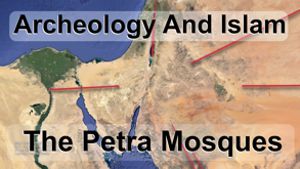
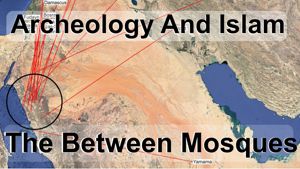
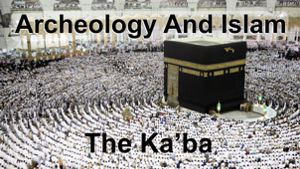
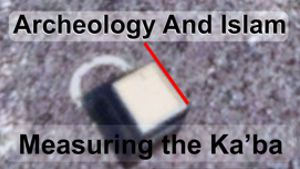

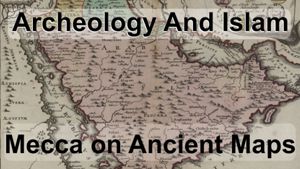
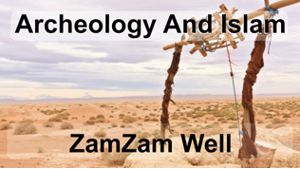
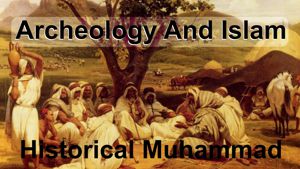
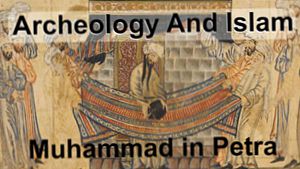
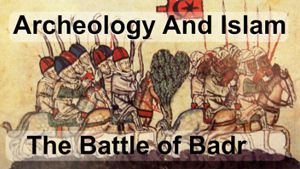
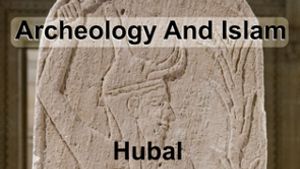
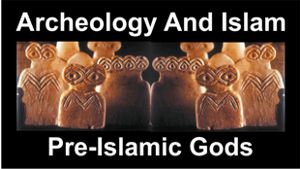
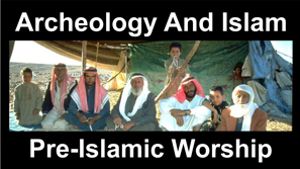

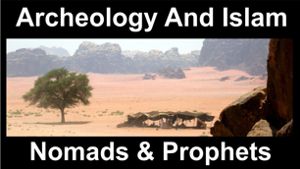
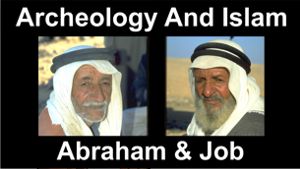
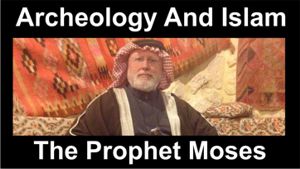
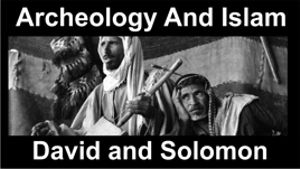

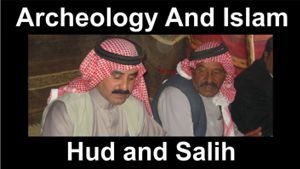
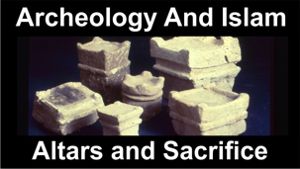
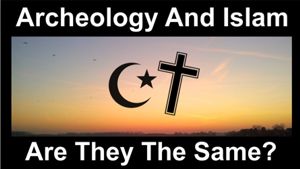
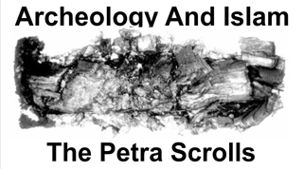
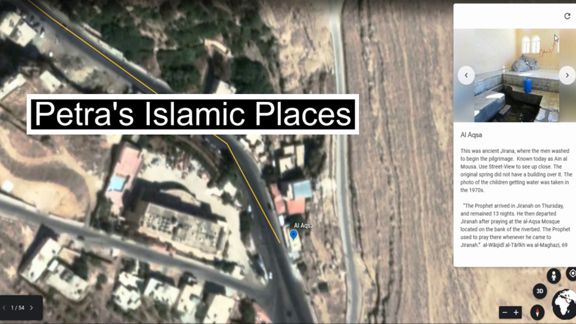

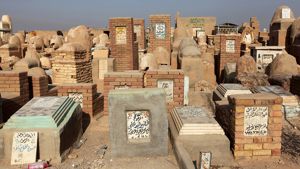
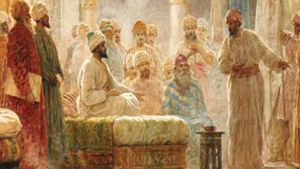
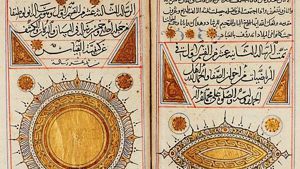
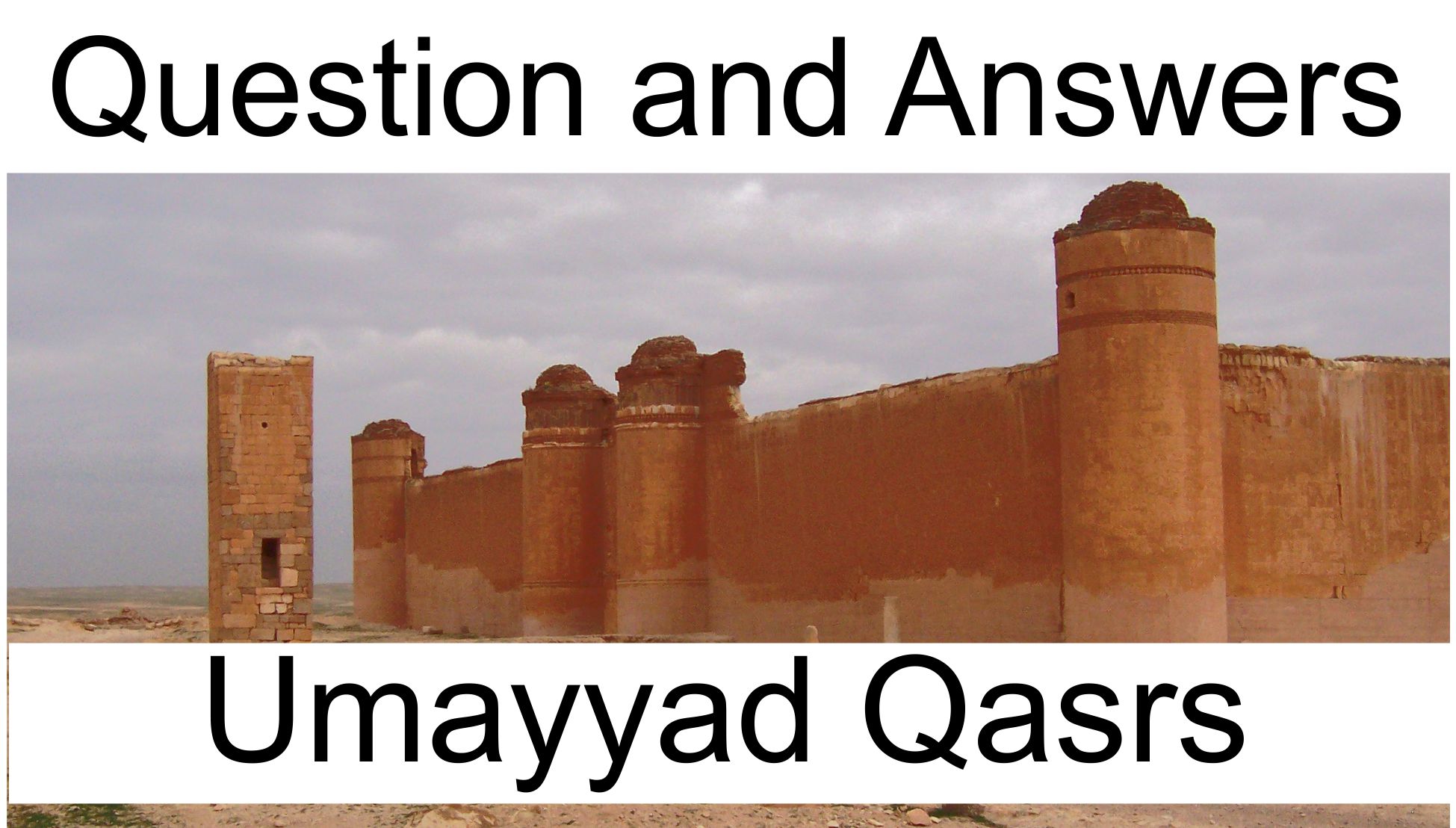
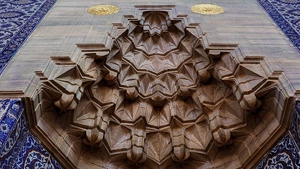
Page Discussion
Membership is required to comment. Membership is free of charge and available to everyone over the age of 16. Just click SignUp, or make a comment below. You will need a user name and a password. The system will automatically send a code to your email address. It should arrive in a few minutes. Enter the code, and you are finished.
Members who post adverts or use inappropriate language or make disrespectful comments will have their membership removed and be barred from the site. By becoming a member you agree to our Terms of Use and our Privacy, Cookies & Ad Policies. Remember that we will never, under any circumstances, sell or give your email address or private information to anyone unless required by law. Please keep your comments on topic. Thanks!